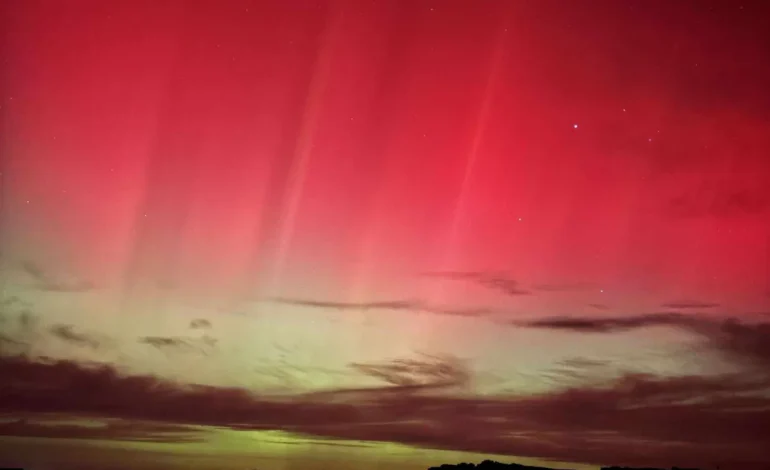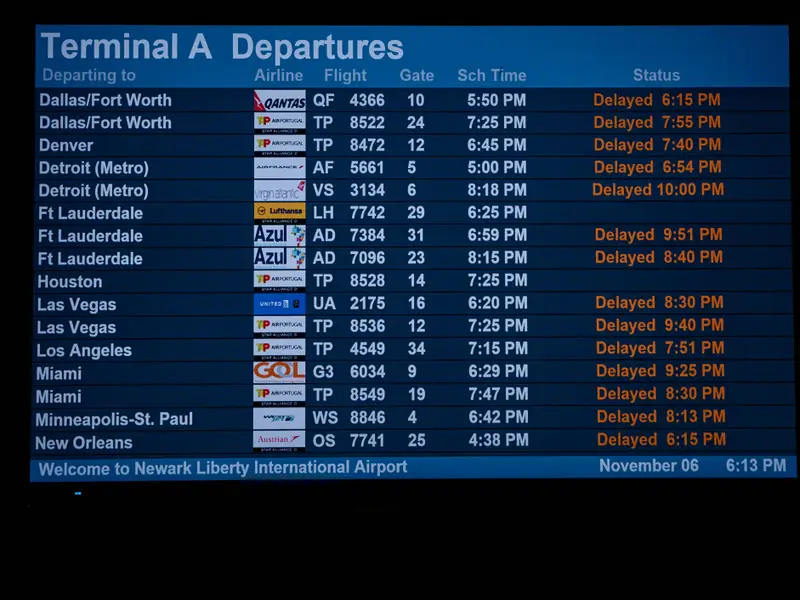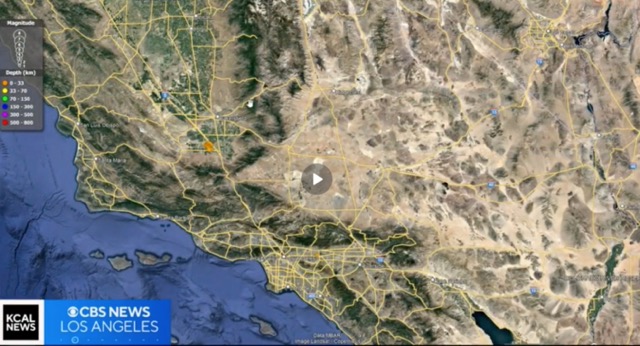Wyoming Skies Glow As Rare Northern Lights Return, Cheyenne Weather Service Weighs In

Wyoming News Now, County Herald, NOAA Space Weather Prediction Center, and Oil City News contributed to this report.
If you stepped outside late Tuesday or opened any social media app, you probably saw it: Wyoming’s night sky lit up in sheets of neon green and red as the northern lights put on a rare, brilliant show. The National Weather Service office in Cheyenne has been fielding questions ever since — and they say this was no ordinary light display.
Lead NWS meteorologist Colby Goatley explains it starts 93 million miles away. A pulse from the sun throws off charged particles, which race toward Earth and collide with our atmosphere. Those collisions, he says, are what paint the sky in those shimmering colors. In scientific terms, it’s the aurora borealis, triggered when solar winds and coronal mass ejections from the sun disturb Earth’s magnetic field and set off powerful geomagnetic storms.
On Tuesday night into early Wednesday, that storm was a big one. NOAA rated it a G4, or “severe,” just one step below the strongest possible category. Normally, Goatley says, you’d have to go to places like Alaska or far northern countries to catch a show like this, but the storm was strong enough to push the aurora all the way into Wyoming and even as far south as Arizona and Alabama. For many here, it was bright enough to see with the naked eye, and cameras picked up even more vivid reds and greens.
The same solar activity that makes for stunning photos can also make life tricky on Earth. These storms have the potential to briefly disrupt power grids, satellite operations and communications systems. For now, the main impact most people noticed was a lot of late-night sky watching and very little sleep.
Wyoming may get a second act. The Cheyenne weather office says the geomagnetic storm remains active, and NOAA’s Space Weather Prediction Center has warned of continued strong activity tied to several recent eruptions on the sun, including an X-class flare. That means the aurora could flare up again, but there’s a catch: clouds. Forecasts call for thick cloud cover over much of southeastern Wyoming and the Nebraska Panhandle through tonight, with places like Cheyenne, Laramie and Rawlins expected to be socked in for much of the evening. Skies may start to thin out after about 3 a.m., offering a narrow, very late window if the aurora is still going. Areas east of the mountains and into western Nebraska may luck out with clearer skies and a better shot at seeing the glow low on the northern horizon.
Goatley says the Cheyenne office is just as excited as the public when storms like this reach so far south. Staff there have been scrolling through the same photos everyone else is posting.
“We love that we’re able to get a brief chance at it down here,” he said, adding that seeing residents as thrilled as the meteorologists makes the long nights worth it.
And while Wyoming is more familiar with the northern lights, there’s a southern counterpart too. In the Southern Hemisphere, similar storms fire up the aurora australis, or southern lights, over places like Antarctica, Tasmania and southern New Zealand. For now, though, it’s Wyoming’s turn to feel a bit like the Arctic. If you’re chasing the next display, the advice from forecasters is simple: keep an eye on the cloud cover, watch the space weather alerts, and be ready to step outside at odd hours. The sky, clearly, is in the mood to show off.









The latest news in your social feeds
Subscribe to our social media platforms to stay tuned